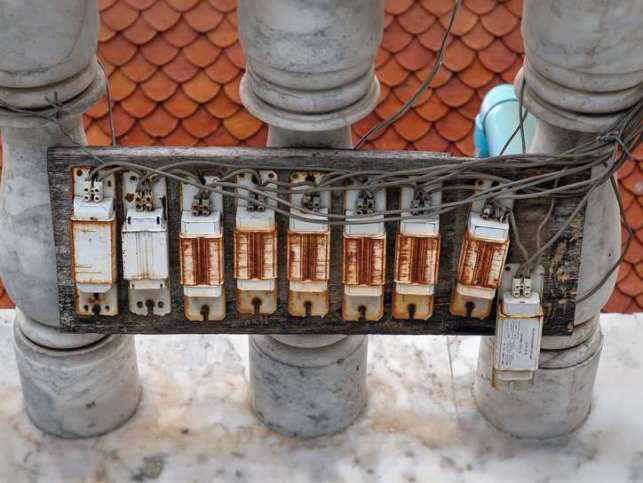Lighting ballasts are a key feature of fluorescent, HID, and some LED lamps that allow current to be regulated to suit the lamp type. Without ballasts to control current flow at varying voltages, fluorescents or HID luminaires would not function or stay lit for long before burning themselves out. ANSI C82.11-2023: Lamp Ballasts – High Frequency Fluorescent Lamp Ballasts covers high frequency ballasts.
What Is a Lighting Ballast?
A ballast is a type of electrical resistor or reactance, fixed in-line with the circuit that supply mains power to a light bulb. It has two important roles when regulating the lamp’s circuitry:
- Ensure that enough voltage is provided when switching on the luminaire to fire it up at the beginning. By allowing mains voltage to supply this initial boost immediately after the user flicks a switch, sufficient current is able to jump across and complete an arc between the two electrodes in the lamp, giving light.
- Regulate current after this switch-on phase, such that the lamp itself does not continue to draw the full available voltage from mains power the entire time it is in use. By pulling back this initial high current flow, the ballast gives a more sedate level once lit that keeps light bulb from quickly getting too hot and suffering serious damage.
Without a ballast in place as part of the circuitry, the result would be a bulb that either burned out or shattered almost immediately or – in the best-case scenario – suffered a drastically reduced lifespan. The job of the ballast is therefore to control the amount of current running through the lamp so the lamp does not burn out.
What Is ANSI C82.11?
ANSI C82.11-2023 covers high frequency ballasts which have rated open circuit voltages of 2,000 V or less, operate the lamp at frequencies between 10 kHz and 500 kHz, and are intended to operate at a supply frequency of 50 Hz or 60 Hz. This comprises ballasts for hot-cathode fluorescent lamps, either switch-start (preheat-start), rapid-start (continuously heated cathodes), modified rapid start, programmed start, or instant start used primarily for lighting, germicidal, or industrial purposes. The ballast and lamp combinations covered by this American National Standard are normally intended for use in room ambient temperatures of 10°C to 40°C. At ambient temperatures outside this range, ANSI C82.11-2023 specifies that certain special operating characteristics may be required.
Types of Fluorescent Ballasts
There are a few different types of fluorescent ballasts:
- Instant Start: Rather than warming up the lamp’s electrodes gradually, the ballast gives a rather large initial voltage to get it going when the lamp is switched on but without pre-heating the cathodes either during the start or while the lamp is lighted. Although this helps save energy since there is less energy used when compared to other ballast types, the lamp degrades quicker. This may be best for light fixtures that will not turn off and on regularly in spaces like restrooms, reception areas, and retail exhibition areas where the lights are not frequently switched on and off. However, this ballast reduces the life span of lamps if fitted on lighting devices that have frequent on/off cycles.
- Rapid Start: Allows the lamp time to preheat by initially using a low voltage. It applies current to the electrodes at the same time as the strike of the voltage. When the lamp’s cathodes are warm, the voltage increases to light the lamp. One advantage of rapid start ballasts is that they work in a parallel lamp service. That means if you have four lamps running on the one ballast and two go out, the other two will continue working.
- Programmed Start: Operates much like the rapid start as it gradually heats up the lamp’s cathodes before initializing the ignition of the lamp. The ballast is able to warm the cathodes at an even higher temperature, allowing less burn out. It is typically paired with occupancy or motion sensors. You can also use these with lighting fixtures that will turn on and off
ANSI C82.11-2023: Lamp Ballasts – High Frequency Fluorescent Lamp Ballasts is available on the ANSI Webstore.
